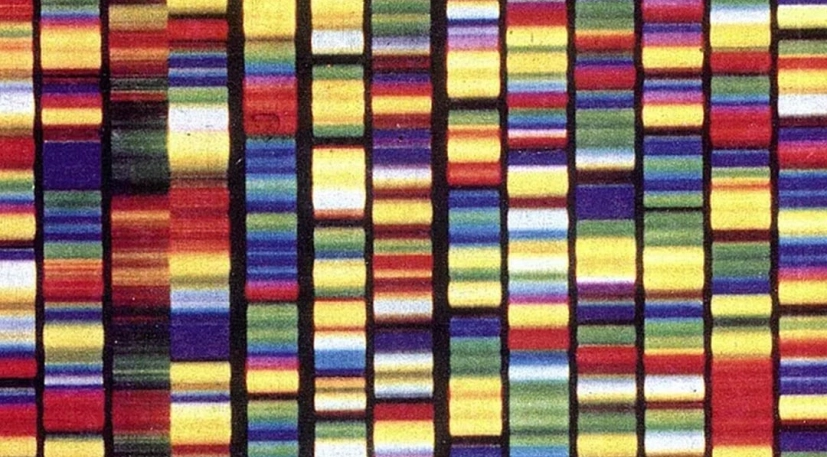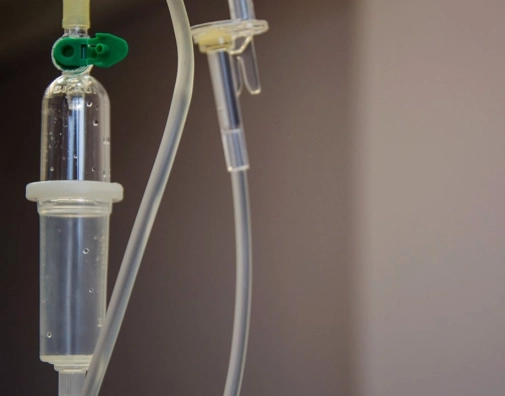
Your DNA: Predispositions & Breast Cancer

Breast cancer:
Breast cancer is the leading cancer among women around the world and the second leading cause of cancer death among women in the United States. It affects millions of people, with an estimated 310,720 women in the U.S. alone expected to be diagnosed by 2024. Although highly prevalent, breast cancer often appears without pain, leading to a diagnosis at an advanced stage. Regular screening, such as mammography, is critical for early detection, which greatly improves treatment outcomes.
While environmental and lifestyle factors play a major role in breast cancer predisposition, genetics also are a key factor. Specific genes, most notably BRCA1 and BRCA2, have been associated with a higher risk of developing breast cancer. These genes normally help repair damaged DNA or help destroy cells when DNA cannot be repaired, preventing tumor growth. Mutations in these genes can lead to uncontrolled cell growth, which is typical of cancer. Other genes involved include PALB2, TP53, and PTEN, each contributing to the complex genetic landscape that determines one's predisposition to breast cancer.
For this reason, genetic screening for breast cancer-related gene mutations is critical, especially for individuals with a family history of the disease. By identifying individuals at high genetic risk, proactive management can be initiated, including regular surveillance and preventive treatments. This individualized approach not only helps with early detection, but can also influence therapeutic decisions, potentially reducing the overall impact of the disease.
Genetic Predispositions Test

This test explores genetic predisposition to various diseases based on inherited genes.
Other Journal: DNA
VIEW MORE



